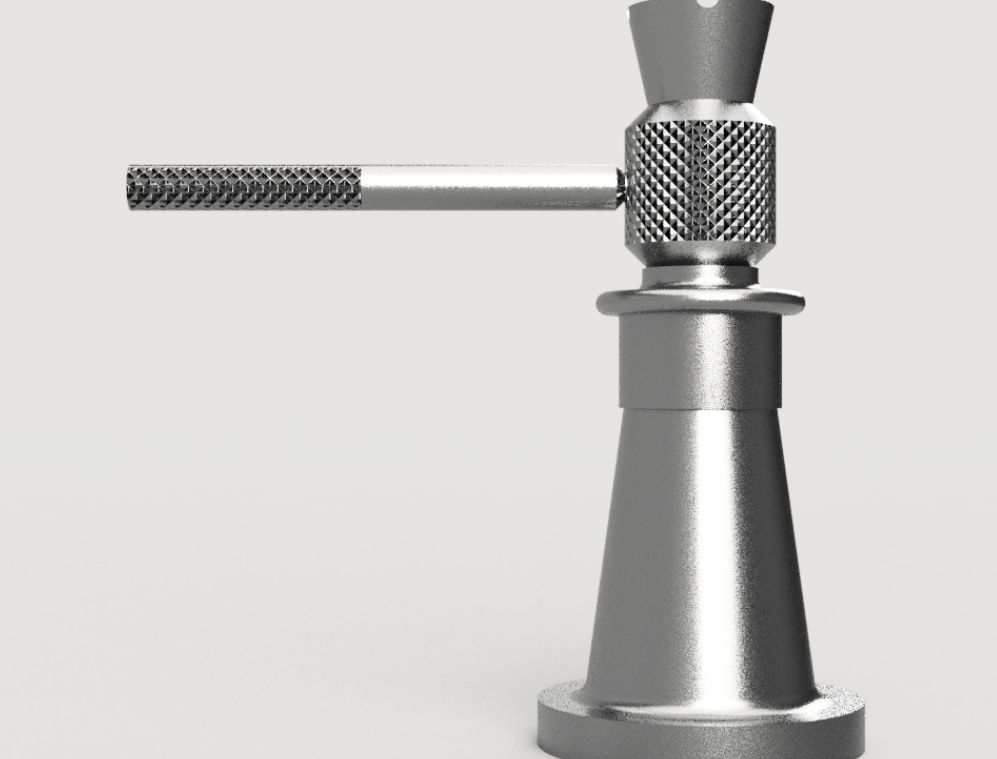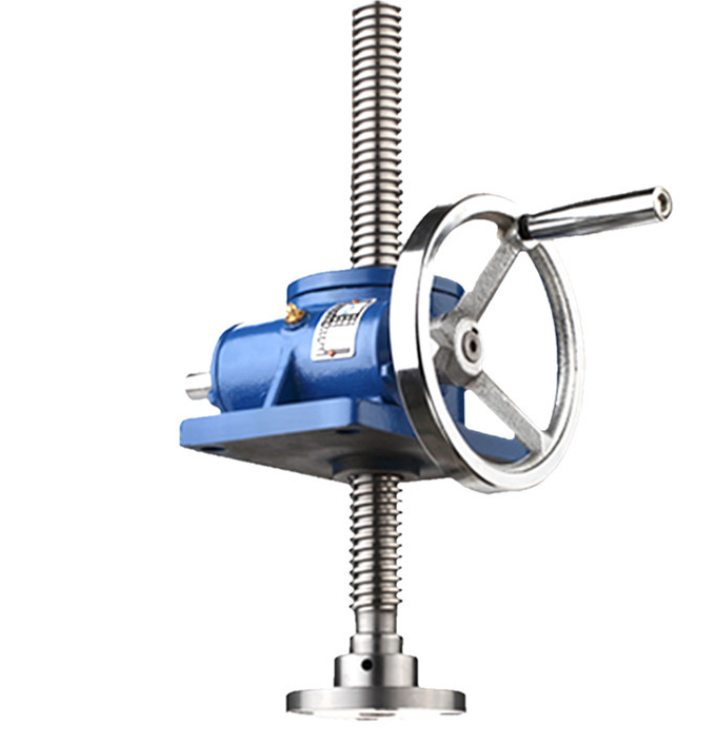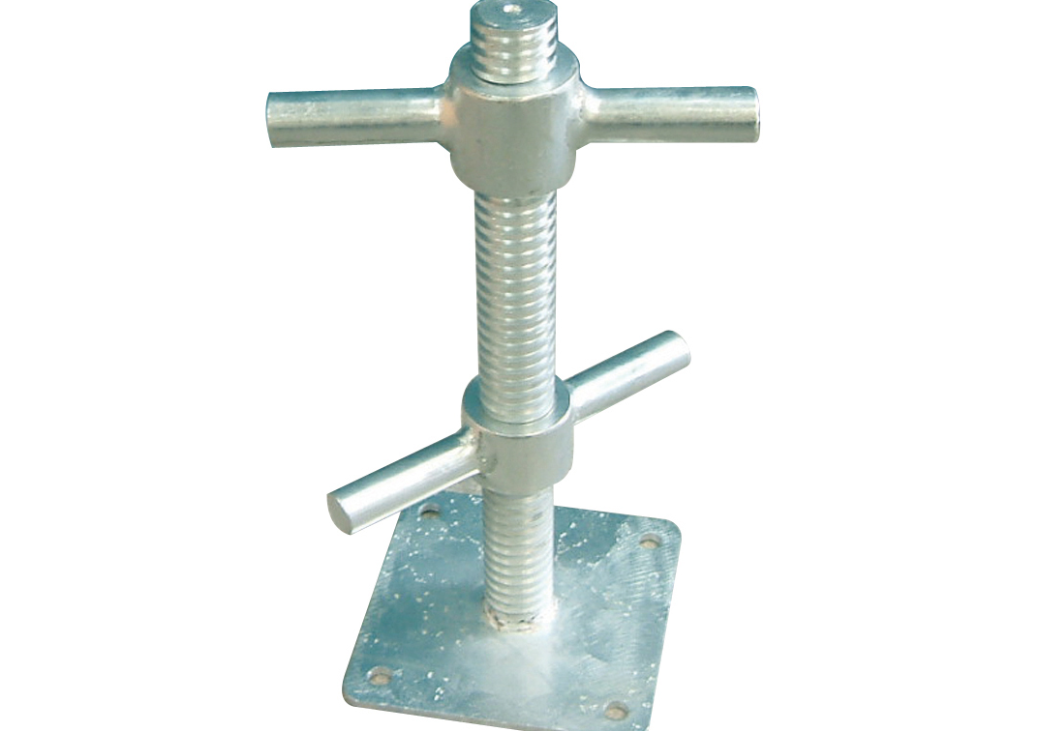Screw jacks are widely used worldwide to lift, position, align and support loads. Conceived to withstand various load conditions while working together with other jacks seamlessly, screw jacks offer a versatile alternative to conventional pneumatic and hydraulic systems.
Machine screw jacks feature a lifting screw, internal gear set and thrust bearing. These units can come equipped with either one or multiple lead screws depending on your application needs.
Lifting
Screw jacks are utilized globally in construction applications due to their reliability and synchronization features.
A screw jack uses a leadscrew or worm screw, which can be manually or motor driven, to transform rotational motion into linear movement. The leadscrew may be either machine cut, rolled, or ground ball screw.

Lifting screws are frequently utilized to lift moderate and heavy loads, such as vehicles; to raise and lower aircraft horizontal stabilizers; and as adjustable supports for heavy loads.
Screw jacks generally fall into three main categories: translating, keyed and rotating/traveling nut. Of these types, translating jacks are the most widely used.
Tilting
A jack is a device consisting of a vertical screw with an attached load table attached. This assembly is screwed into threaded holes on an upright support frame resting on the ground, and when its handle is turned clockwise it moves further out from under its base, lifting loads.
Construction projects commonly utilize jacks as tools for tilting walls or other building components, often driven by electric motor or hand operation but occasionally by hydraulic systems as well.
Electronic actuators have become an indispensable part of many motion systems and are used in applications ranging from stage setups and industrial processes to mechanical lifting and stage setups. Their high load capacities and self-locking features make them highly sought after by design engineers.
Screw jacks generally fall into two main categories: machine screw and ball screw. Which type you select depends on your application, duty cycle and environment – although ball screw jacks often offer greater energy efficiency which appeals to designers looking for sustainable designs.
Positioning
Screw jacks can be used to position objects by lifting, tilting and stabilizing them. They are widely found across a range of equipment types and can often be found used for opening gates, lifting vehicles for service work or positioning objects during assembly line production processes.
Screw jack can be powered by electric motors, providing a source of power that requires no hydraulic oil for maintenance or energy costs savings compared to their hydraulic counterparts. They’re also more energy-efficient.
Some Screw Jacks are designed to self-lock while others provide emergency stop nuts or full power stop nuts in case of overtravel. Translating, Keyed and Traveling Nut are three primary styles of Screw Jack designs based on different types of screws and gearboxes.
Stabilizing

Screw jacks are used to secure objects prone to moving and tipping over, as well as supporting buildings and large objects during construction projects.
Electrical transformers can be utilized across numerous industrial settings, such as electric power generation and distribution, chemical industry processes, steel fabrication processes, bridge building and machinery maintenance. Their main uses are disaster relief efforts such as power maintenance work or foundation settlement during ship building and disaster relief scenarios.
Comparative to hydraulic systems, which depend on fluid to maintain their positions, screw jacks only require energy when needed to drive a load into its desired location – saving both money on energy costs as well as maintenance and replacement expenses in the long run.
Screw jacks convert rotational motion into linear movement via a worm gearbox mechanism. Its gears are supported on anti-friction tapered roller bearings equipped with external seals to prevent loss of lubrication.


